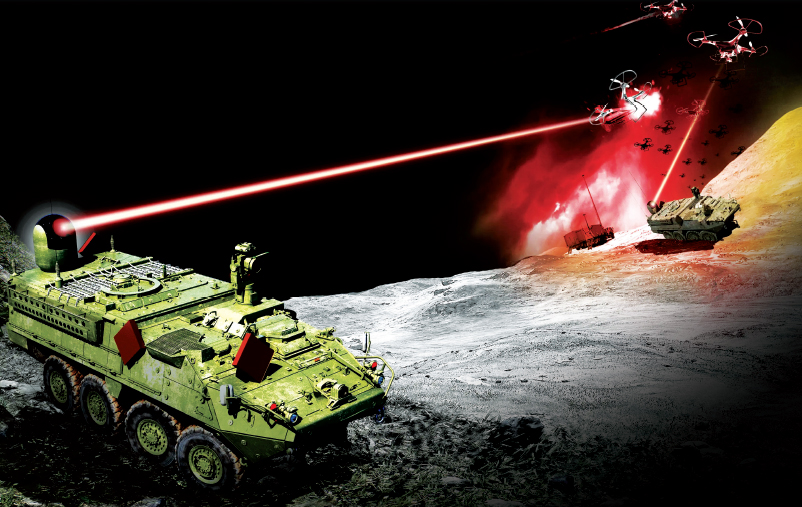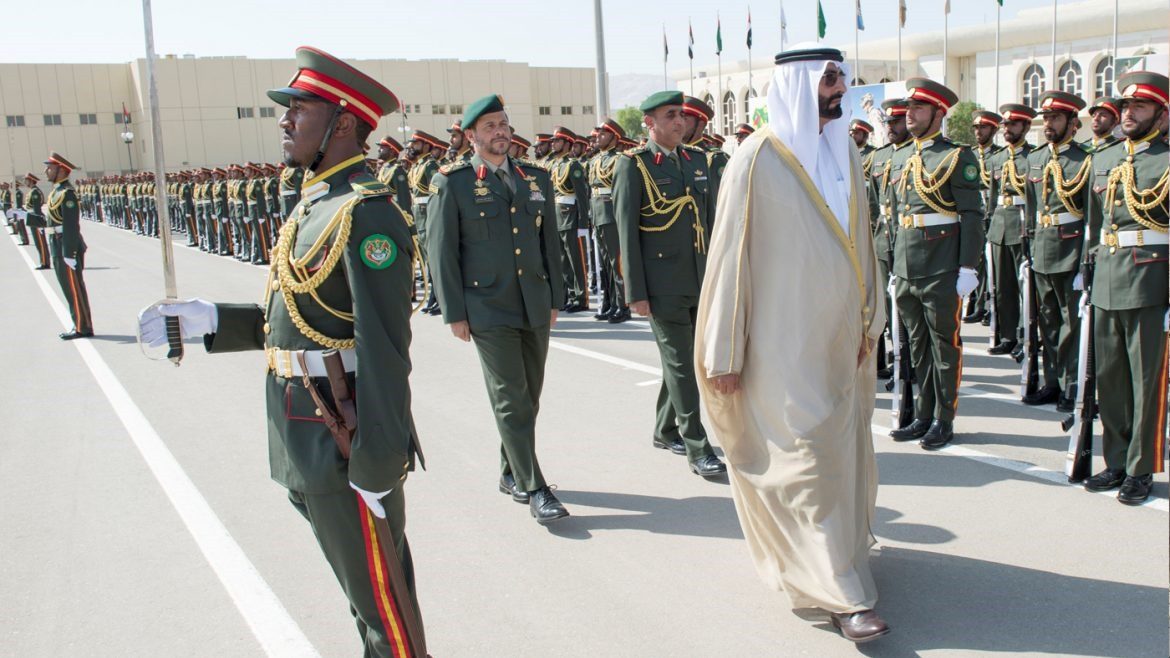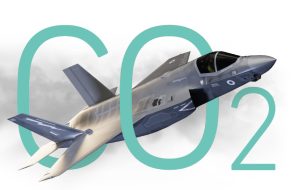Many countries have recently intensified their research in laser weapons production. In January 2024, the British Ministry of Defence announced the success of the “Dragonfire” air defence system in firing a laser beam that successfully shot down an aerial target.
This comes after the United States began deploying laser weapons on its naval destroyers. Moreover, it is experimenting with ground and air laser systems, even though this technology has not yet matured to a fully operational level.
Similarly, Israel set out to develop a laser-operated Iron Dome following the October 7th Hamas attack, especially after its traditional Iron Dome was repeatedly breached by rockets from Hamas and Hezbollah.
Furthermore, efforts to develop laser air defence systems are not limited to states but research and development extended to military vehicles as well.
Australia’s 2020 Force Structure Plan called for the development of a directed-energy weapon system “capable of defeating armoured vehicles, including main battle tanks.”
Energy weapons can damage the delicate electronics controlling these devices and their operators, or melt or burn their critical parts.
An Old Dream Revisited
Before detailing the history of laser weapons in the military, it is essential to note that they are a type of “directed-energy weapon,” defined by the US Navy as “electromagnetic systems capable of converting chemical or electrical energy into radiated energy and focusing it on a target, causing physical damage that results in degradation, neutralisation, defeat, or destruction of enemy capabilities.”
Directed-energy weapons take three forms: laser beams, high-frequency radio waves, or microwaves.
The United States’ interest in laser weapons dates back to the 1960s, from the moment the first device capable of emitting a laser beam was manufactured. The US Army contracted with the “Technical Research Group” to produce a laser for military uses.
The army’s enthusiasm was so great that when the company requested around $300,000 for research, the army granted it nearly $1 million, about three times what the company requested.
Subsequently, various branches of the US Army, particularly the land, naval, and air forces, contracted with different companies to develop a laser weapon. By 1962, the US Army was spending around $50 million annually on the development of laser weapons.
However, at that time, lasers could not produce sufficient energy to make a weapon suitable for military purposes and by 1968, some experts concluded that their projects had reached a dead end.
In the 1970s, the US Army obtained a “short-range offensive laser weapon” that could blind enemy pilots, soldiers, and optical sensors from about a mile away.
The US Army continued developing such a weapon throughout the 1980s, but it was viewed as unethical because it increased human suffering for limited military benefits.
By 1995, before such a weapon could be used in combat operations, the United Nations adopted the protocol on blinding laser weapons, known as Protocol IV of the Convention on Certain Conventional Weapons (CCW) of 1980, which bans the use of blinding laser weapons in wars and regulates their transfer to any state or non-state actor.
The protocol came into effect in 1998, with China and Russia joining in 1998 and 1999, respectively. The United States did not join the protocol until 2007, fearing that enemy states might use such technology against its forces.
In the 1980s, research on directed-energy weapons intensified with the establishment of Ronald Reagan’s Strategic Defence Initiative. Reagan’s interest in anti-ballistic missile technology dates back to 1967 when he visited physicist Edward Teller at the Lawrence Livermore National Laboratory.
Teller claimed that lasers could be used to intercept any missile carrying a nuclear warhead. Reagan’s initiative, known in the media as “Star Wars,” aimed to deploy laser weapons in outer space to shoot down nuclear missiles. Ultimately, this endeavour failed after significant effort and expenditure.
The US Army eventually used low-energy laser beams to guide missiles to their targets and as range-finding devices on its tanks, as seen in the First Gulf War. By 2006, the US Army also used low-energy laser beams to cause temporary blindness to opposing forces in Iraq.
In 2014, the US Navy installed the first-ever laser weapon system on the USS Ponce to field-test it. After three months of testing in the Arabian Gulf, the Navy reported that the system worked perfectly against low-level threats such as small boats and drones. Following these tests, the Navy authorised the Ponce’s captain to use the system, a 30-kilowatt laser, as a defensive weapon.
In February 2024, the US Army installed a 50-kilowatt laser weapon on a Stryker combat vehicle, deploying four systems to test them on the Middle East battlefield.
Moreover, the US Navy deployed high-energy lasers on ships to defend against fast-moving small boats, missiles, and drones. The Air Force is working on developing high-energy laser weapons on aircraft for defensive and offensive missions.
In 2010, the Air Force tested a megawatt laser mounted on a modified Boeing 747, hitting a ballistic missile during its launch.
Furthermore, the US Air Force is developing smaller weapon systems for fighter jets. Meanwhile, Russia is reportedly developing a high-energy ground-based laser to “blind” its adversaries’ satellites.
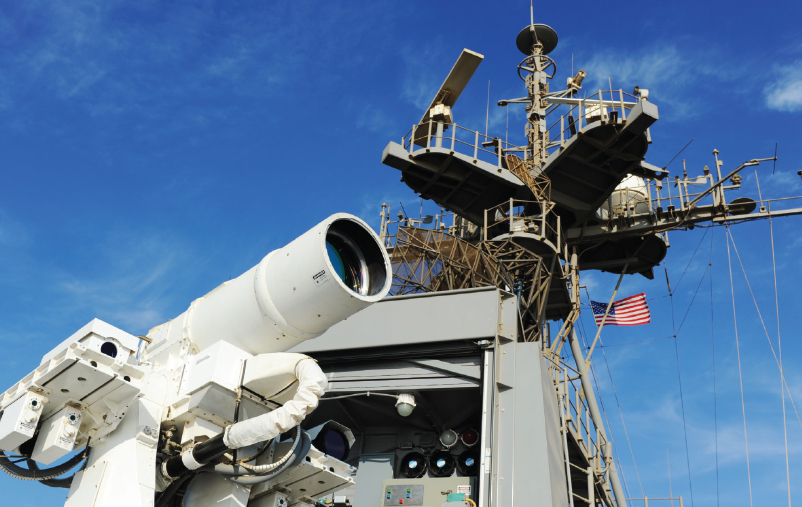
Advantages of Laser Weapons
Laser weapons boast numerous advantages that could revolutionise the battlefield, with the most prominent being:
Ease of Targeting: Laser weapons are unaffected by gravity, unlike missiles and bullets, allowing them to travel in a straight line. This simplifies aiming and increases accuracy.
Limited Collateral Damage: Laser weapons cause damage by heating the targeted area, reducing the risk of collateral damage to nearby objects. Unlike air defence missiles, which can veer off course and harm civilians, such errors are less likely with laser weapons.
High Speed: Electromagnetic waves travel at the speed of light, making them much faster than even the quickest conventional weapons. For instance, a hypersonic missile travelling at 10 times the speed of sound towards a target 10 kilometres away would cover only about 10 centimetres by the time a laser weapon strikes its target.
Low Cost: The British “Dragonfire” weapon successfully shot down a drone with a laser beam costing only £13 per shot. This is extremely low compared to conventional air defence systems, such as the American Patriot system, where a single interceptor missile costs between $2-4 million.
In contrast, drones are relatively inexpensive, costing about a couple of thousand dollars. Russia employs tactics to deplete Ukrainian air defence systems by launching numerous drones and ballistic and cruise missiles like the Iskander-M and KH-22, overwhelming these defences. Developing laser air defence systems could help address this challenge.
Practical Challenges
Several factors make developing effective laser weapons difficult in the near term:
Existing Technological Lag: The US Department of Defence estimates that a minimum of 1 megawatt (1000 kilowatts) of laser power is needed, over three times the output of the most advanced current tactical laser system, to prevent a hypersonic missile from reaching its target.
Additionally, laser penetration of a hypersonic missile’s front is challenging, given these missiles are designed to endure temperatures exceeding 1700 degrees. Developing stronger missile shields that can withstand more heat is cheaper than producing higher-energy lasers. As laser air defence systems become more common, hypersonic missiles with more heat-resistant shields could be developed, reducing their vulnerability to these lasers.
Disruptive Atmospheric Effects: The misconception that laser beams travel endlessly through space is incorrect, as they scatter due to factors like water vapour, sand, salt, smoke, air pollution, and other atmospheric materials. The atmosphere can also absorb, scatter, or disturb the beam, potentially causing it to miss the target.
This scattering significantly impacts laser effectiveness, with the Pentagon currently viewing its effective range as less than a mile. Even the most optimistic future estimates predict a range under five miles.
Need for Several Seconds: Laser weapons with around 300 kilowatts can burn through the side of a cruise missile in flight to destroy or deflect it. However, the laser beam must be focused precisely on the same spot on the missile for several seconds. In 2020, it took about 15 seconds for a 150-kilowatt laser weapon to destroy a drone. This requirement might cause the laser to fail in destroying a cruise missile, as such missiles do not follow a fixed path and can change direction rapidly.
High Energy Requirements: A primary challenge for militaries using high-energy lasers is the substantial power needed to create destructive effects from a distance. Unlike industrial lasers that might be inches from their targets, military operations involve much greater distances, necessitating hundreds of kilowatts of power in the laser beam. The smallest laser weapon prototype consumes 10 kilowatts of power, comparable to an electric car. The latest high-energy laser weapon under development draws around 300 kilowatts, enough to power 30 homes.
High-energy lasers currently have a maximum efficiency of 50%, generating significant waste heat that must be managed. This means high-energy laser systems require substantial infrastructure for power generation and laser cooling, limiting their deployment on various military platforms.
Military trucks or fighter jets, for example, cannot carry high-energy laser weapons, which can only be housed on larger ships or aircraft, on the other hand, ground-based fixed systems can easily accommodate high-energy laser weapons.
Conversely, deploying laser weapons in outer space remains improbable for now, limited by four factors. Firstly, vast outer space distances mean even a fractional degree error in firing a space-based laser could result in a miss by thousands of kilometres.
Secondly, space travel involves speeds tremendous by Earth standards, with geostationary satellites moving at 3.07 km/s and low Earth orbit objects reaching up to 8 km/s, complicating laser targeting.
Thirdly, despite large distances, targets remain relatively small. The International Space Station, the largest artificial object in orbit, is just over 100 meters long, with other satellites being much smaller, like the Quickbird satellite at only 3.04 meters. Fourthly, any laser weapon would require vast amounts of electricity.
Currently, the most practical batteries are lithium, and electricity generation in space is primarily through photovoltaic units with a 30% efficiency or limited fuel cells.
Thus, present technology may not be feasible for powering effective space-based lasers. President Reagan’s “Strategic Defense Initiative” attempted to address this through the “Excalibur” project, aimed at producing space-based X-ray lasers via nuclear explosions, but it was ultimately cancelled in 1992 due to lack of success.
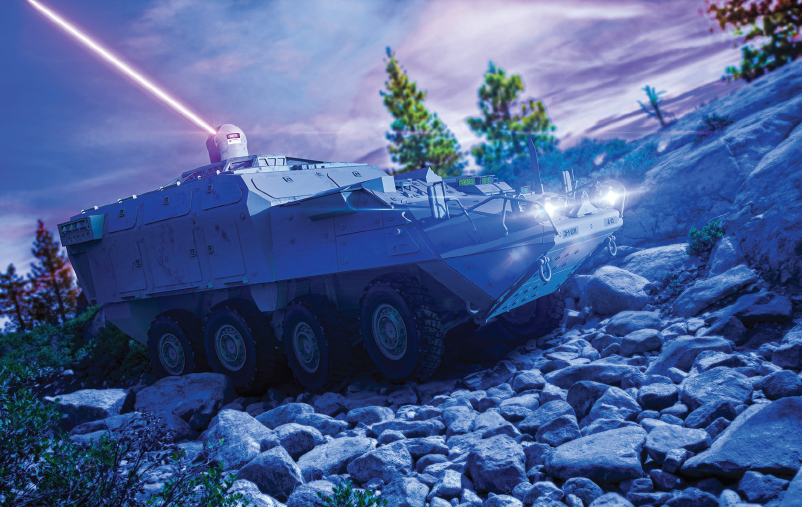
Conclusion
In summary, low-energy laser weapons are the most feasible current technology, effective in downing drones or small flying objects, provided ideal weather conditions like dry climates. Intercepting larger targets, such as hypersonic and ballistic missiles or fighter jets, requires high-energy laser devices still in development, whose effectiveness remains theoretically debated. Thus, it will take time for this technology to mature and prove its efficacy. Moreover, space-based laser weapon deployment remains highly improbable due to the current inability to generate sufficient power in space.
By: Dr. Shadi Abdelwahab, Associate Professor at the National Defence College


